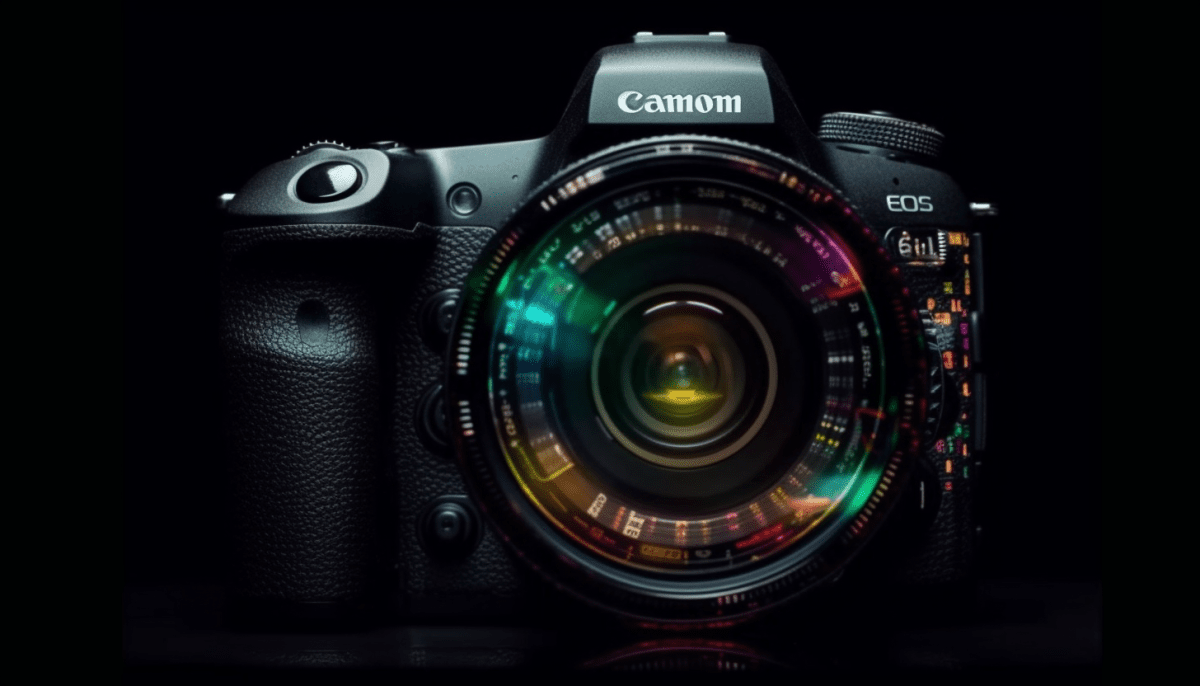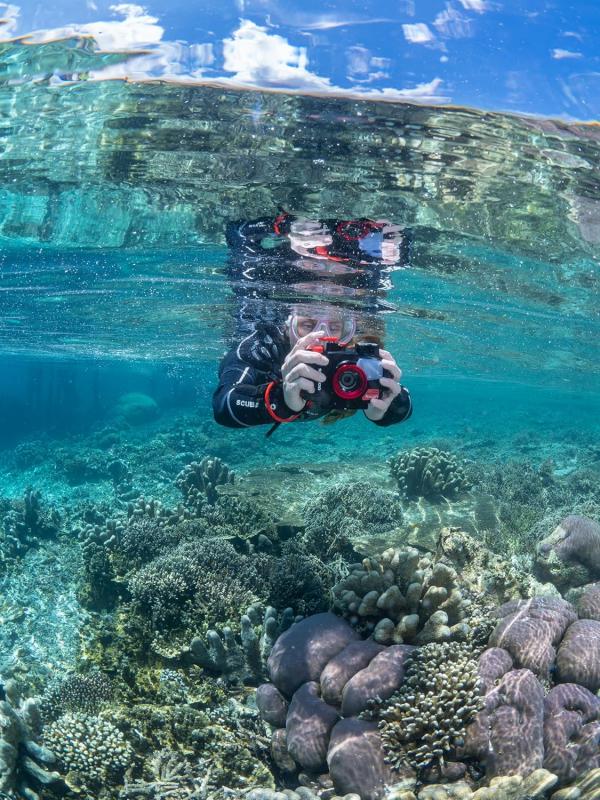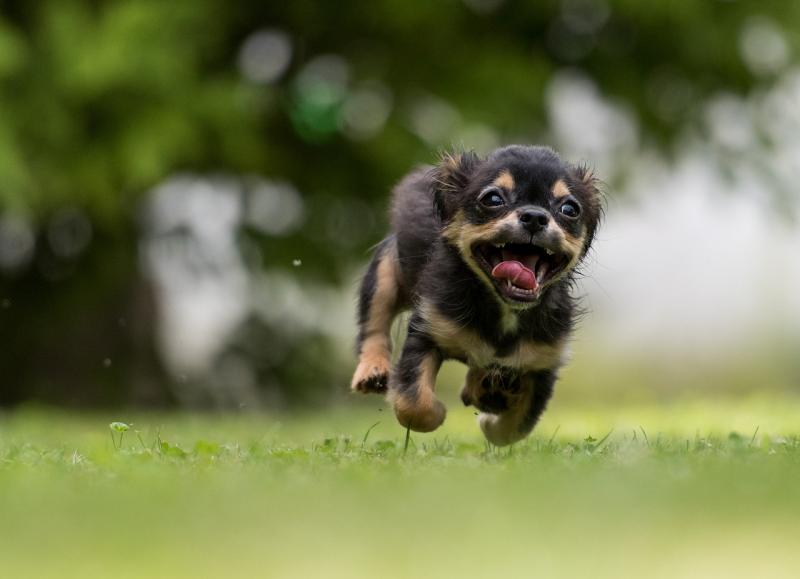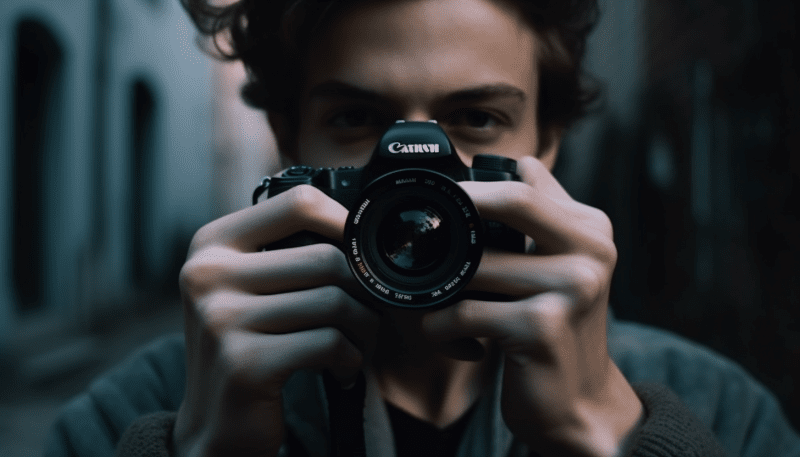Wildlife cameras play a huge role in protecting animals and their habitats. By capturing images and videos of wildlife, these cameras help conservationists monitor animal behavior and movements without disturbing them. This kind of non-intrusive observation is key to understanding different species and their needs.
One of the best things about wildlife cameras is how they can help track endangered species. By setting up cameras in habitats where these animals live, researchers can gather valuable data. This information can lead to better strategies for protection, like creating safe zones or addressing threats like poaching or habitat loss.
These cameras can also alert conservationists to problems. For example, if a camera spots illegal activity, like hunters in a protected area, quick action can be taken. Plus, real-time monitoring helps teams respond faster to issues, whether it’s an injured animal or changes in an ecosystem that could harm the wildlife.
Last but not least, wildlife cameras can raise awareness and support for conservation efforts. Sharing photos and videos from these cameras can engage the public, showing the beauty of wildlife and the challenges they face. This connection can inspire more people to get involved in protecting our planet's incredible creatures.
Innovative Features for Conservation Success
When it comes to wildlife conservation, technology is stepping up its game, and camera tech is leading the charge. These innovative devices aren’t just your average cameras; they’re packed with features designed to help researchers and conservationists protect our furry, feathered, and finned friends.
One of the standout features is infrared night vision. Many modern wildlife cameras can capture stunning images and videos in the dark. This means that nocturnal creatures, which make up a huge part of many ecosystems, can be monitored without disturbing their natural behavior. You’ll get a sneak peek into their nighttime antics—like a secret wildlife show in your backyard!
Another cool innovation is the motion detection technology. With this, cameras only snap pictures when there’s activity in their range. Imagine setting up a camera in a remote area, and it only clicks when a deer strolls by. This not only saves battery life but also reduces the amount of footage researchers have to sift through. Less time searching means more time learning about wildlife!
Don’t forget about solar-powered cameras. These are eco-friendly, using the sun’s energy to stay operational over long periods. For conservationists working in remote locations, this is a game-changer. No more worrying about battery replacements or running out of power just when the wildlife actions heat up!
Real-World Impact on Animal Populations
Camera technology has made a huge splash in wildlife conservation, and the impact on animal populations has been remarkable. With camera traps and drones, researchers can monitor wildlife in ways that were once unimaginable. These tools help them gather essential data without disturbing the animals' natural behavior.
One of the most significant benefits of this tech is the way it helps track populations of endangered species. For instance, by placing camera traps in specific areas, conservationists can get a clearer picture of how many animals are in the region, their movements, and their breeding patterns. This real-time insight allows for better protection strategies and, importantly, helps identify critical habitats that need safeguarding.
Drones have also changed the game, especially in hard-to-reach areas. With aerial views, teams can survey vast territories quickly and efficiently. This means that they're not just counting animals but also observing their health and behavior, which is crucial for making informed conservation decisions.
Plus, the images and videos captured serve as powerful tools for raising awareness. They can tell compelling stories and engage the public in ways that numbers alone can’t. By showcasing the beauty and struggles of these animals, more people are inspired to get involved, whether through volunteering, donations, or education. The result? A stronger collective effort in conserving our planet's wildlife.
Choosing the Right Camera for Conservation
When it comes to picking the right camera for conservation work, it’s all about understanding your needs. You want something that can handle tough environments, capture stunning images, and is easy enough to use while you’re out in the field. Here are a few key features to keep in mind:
Also, consider whether you need additional features like GPS tagging, which can be helpful for tracking locations, or Wi-Fi for quickly sharing your findings. Think about your primary focus—whether it’s photographing specific species, documenting their habitats, or even capturing video footage for educational purposes.
Before making a purchase, do some research online. Reading reviews and opinions from other conservationists can give you a clearer picture of how a camera performs in real environments. And if possible, try a few models in-store to see how they feel in your hands. The right camera can make a significant difference in your conservation efforts, helping you document and protect wildlife more effectively.



